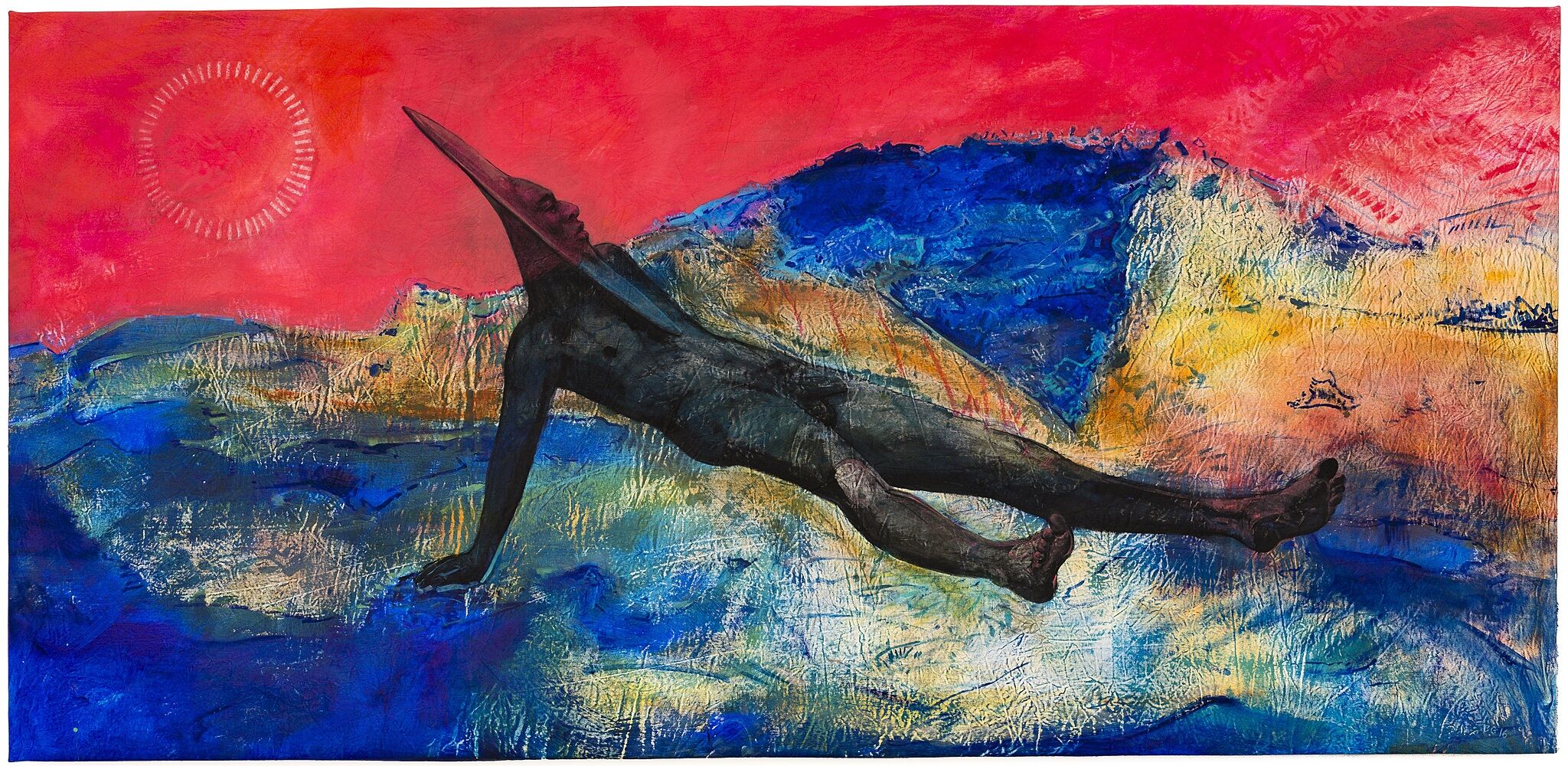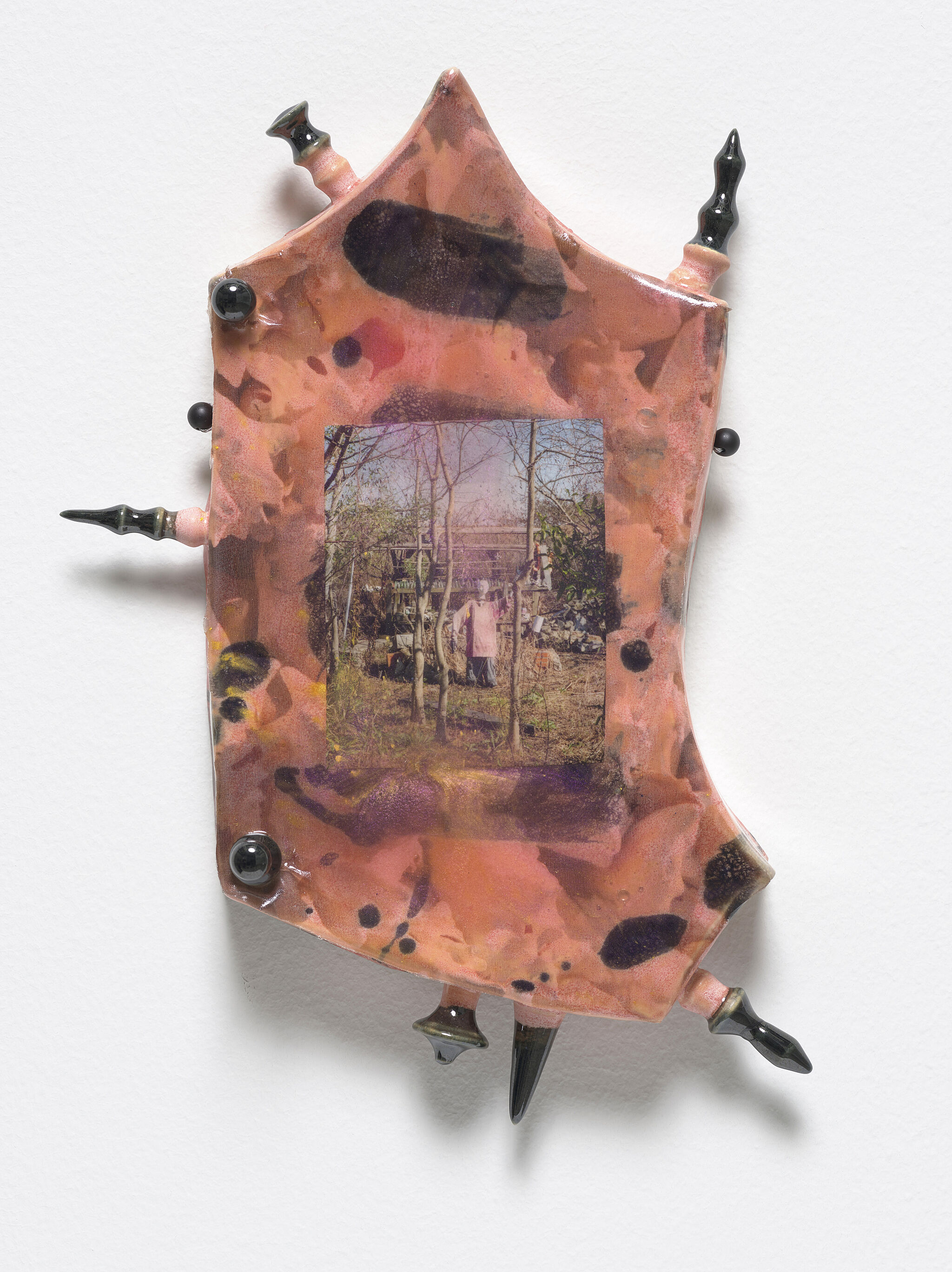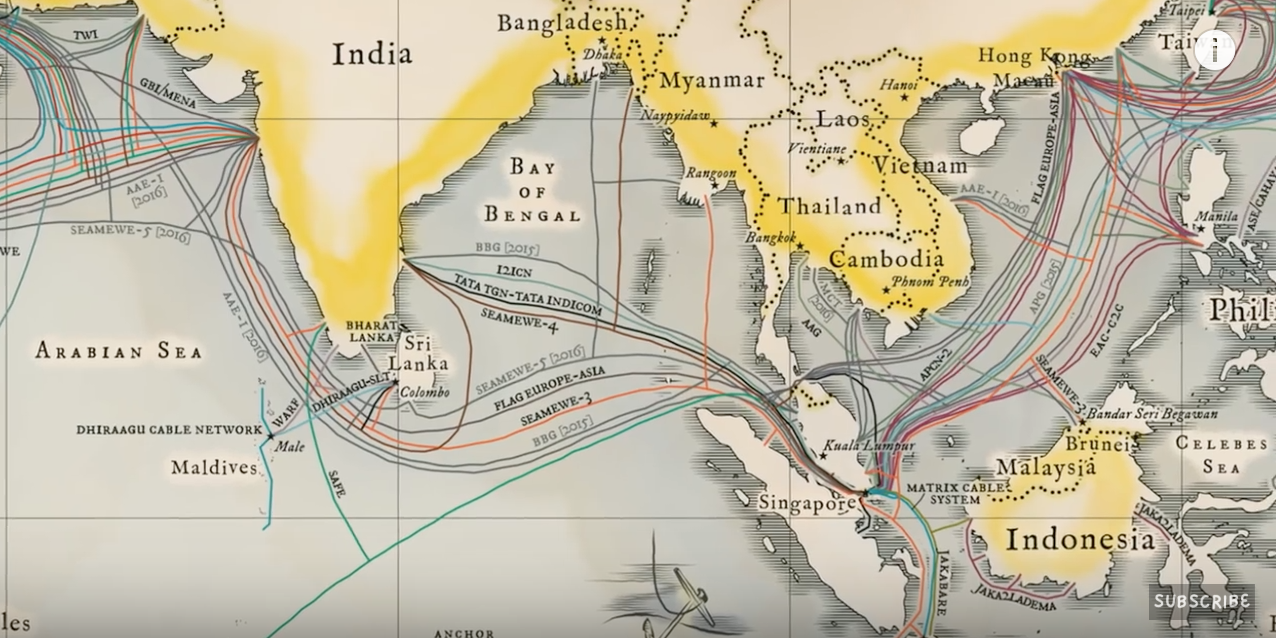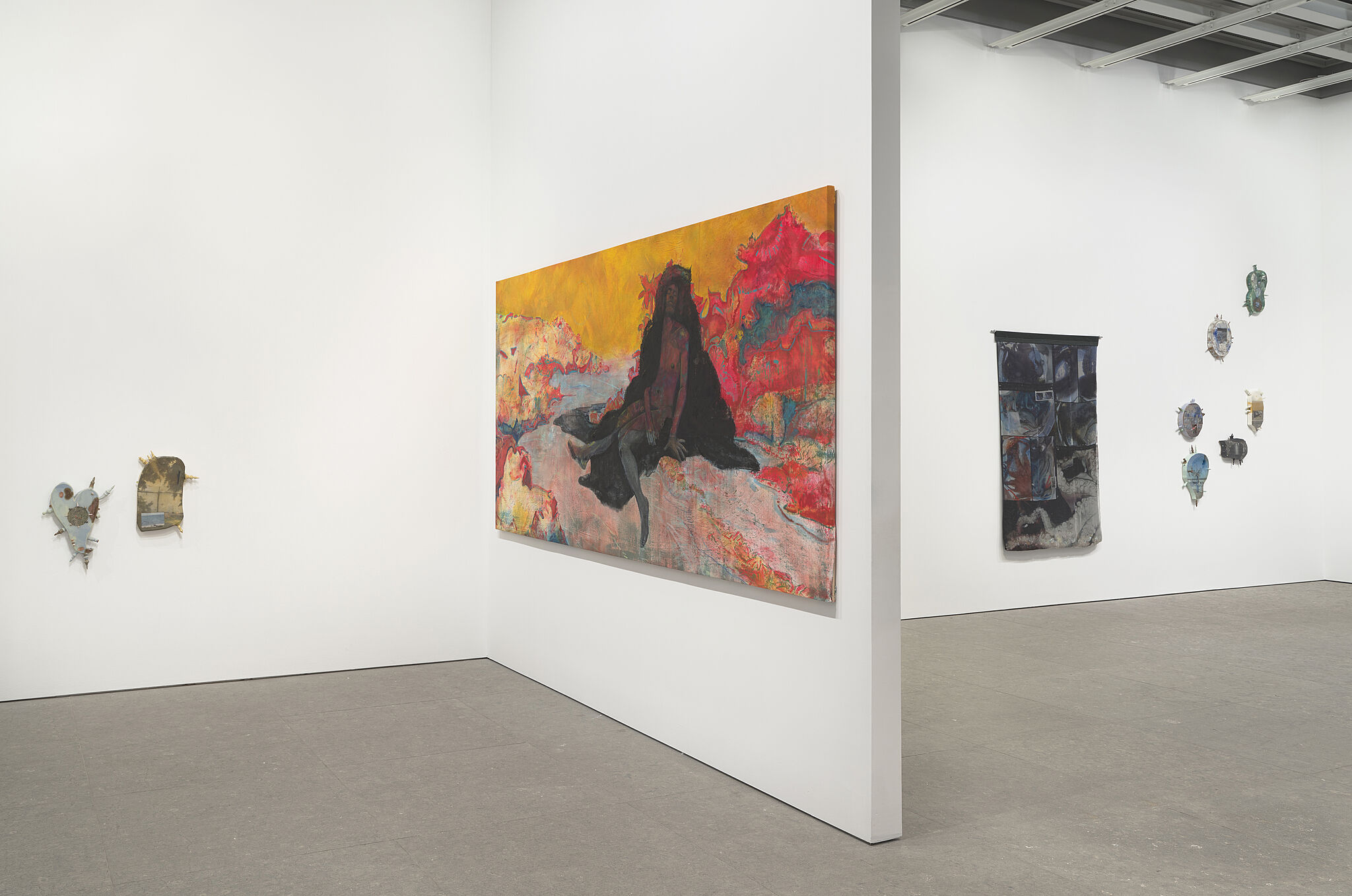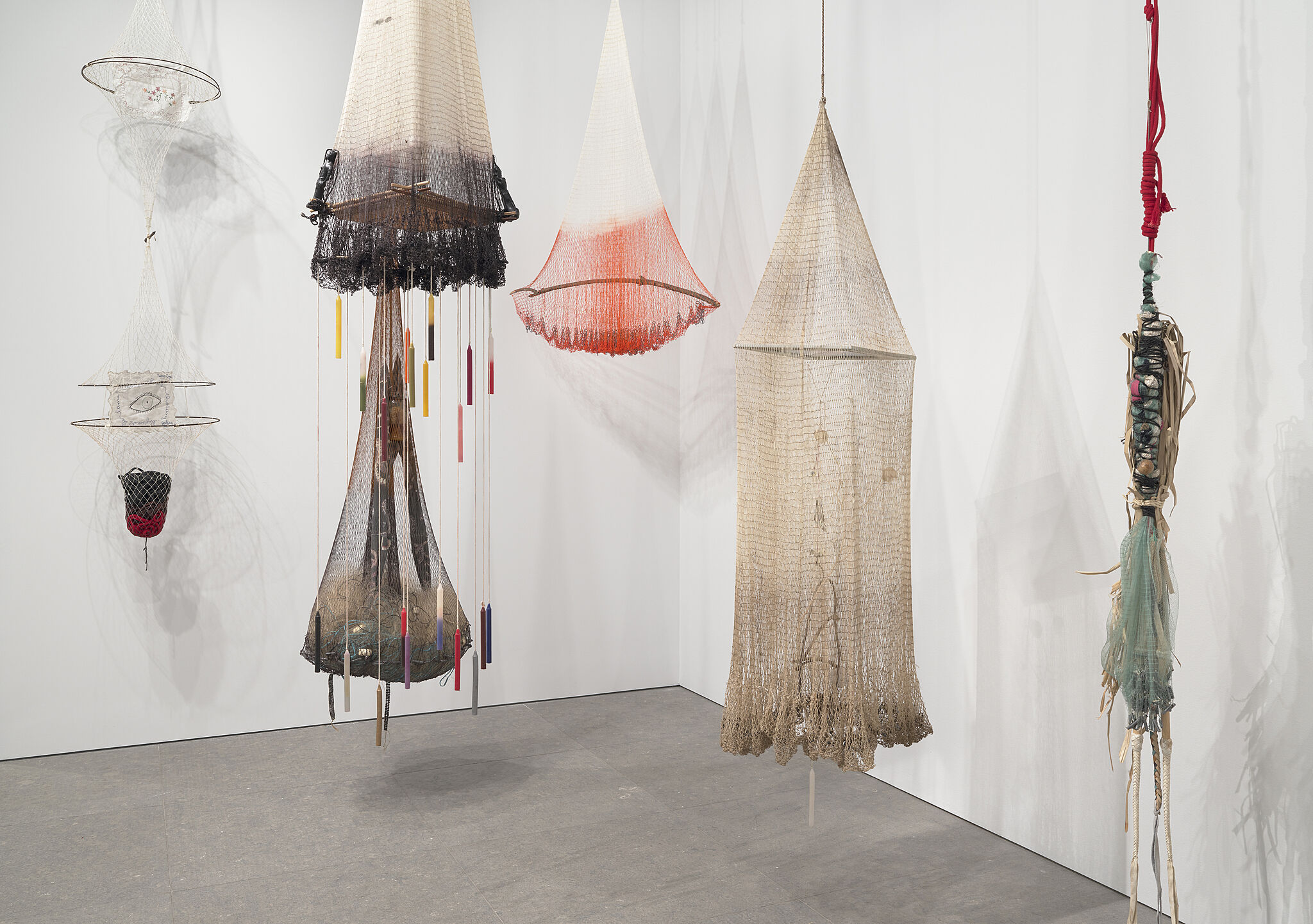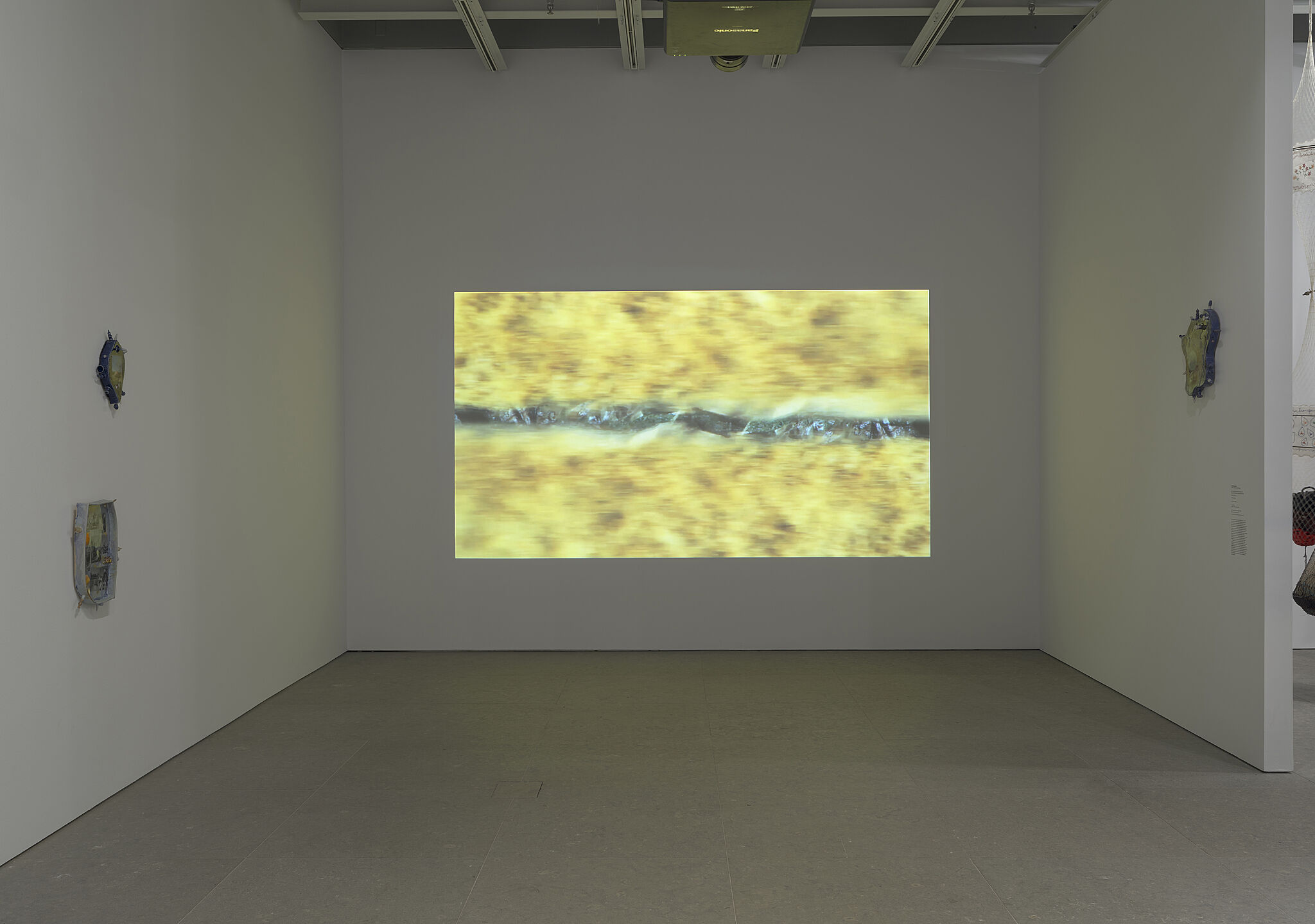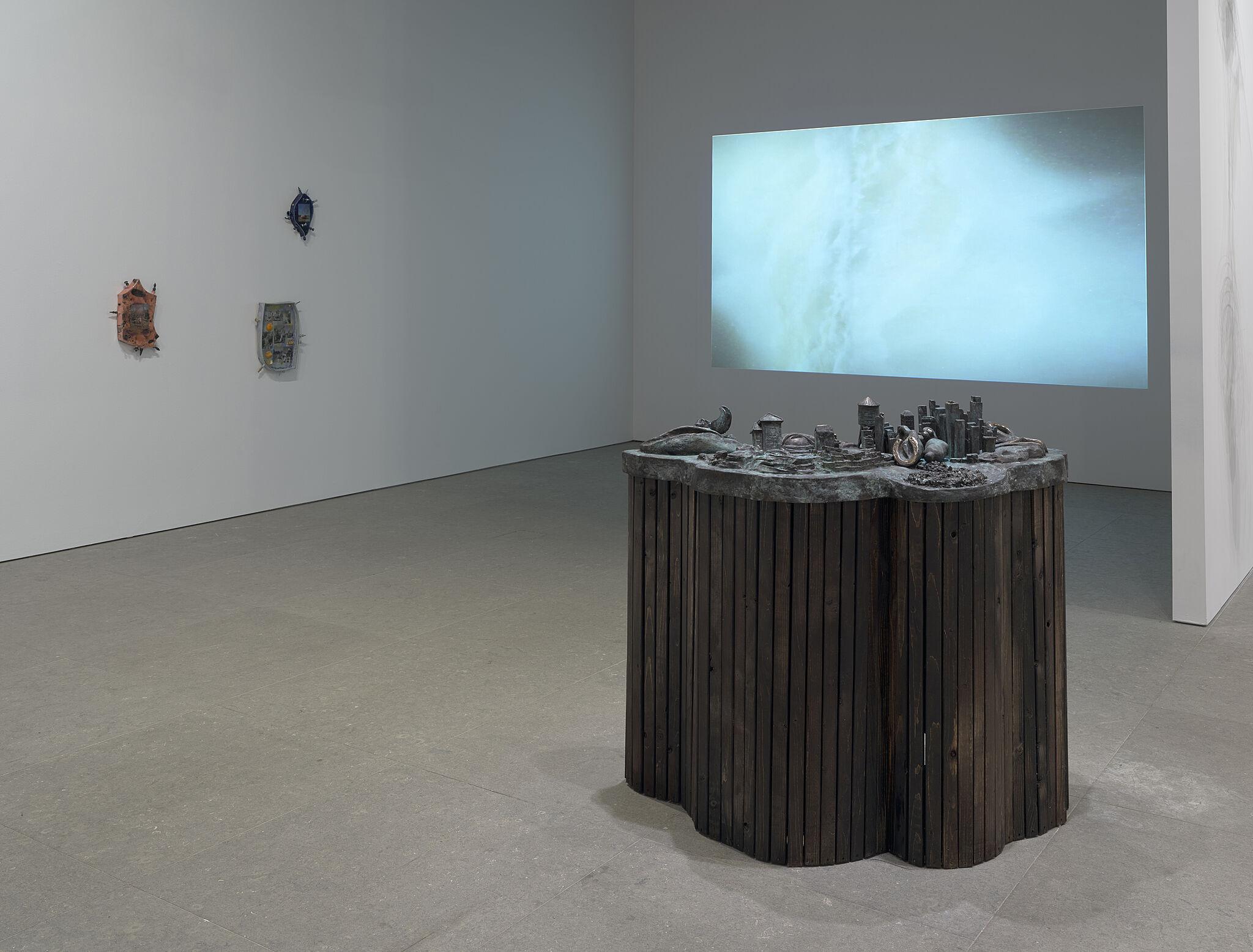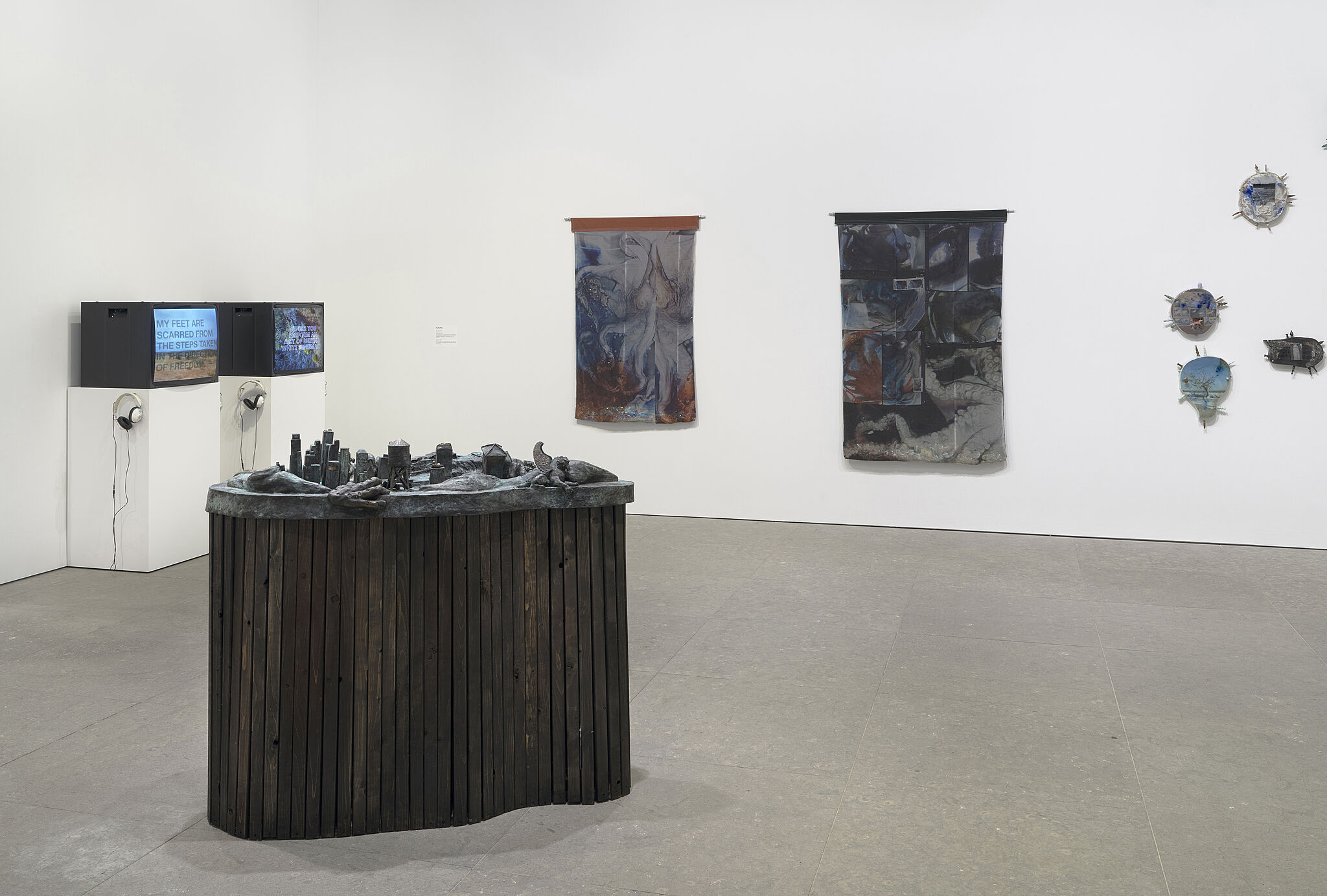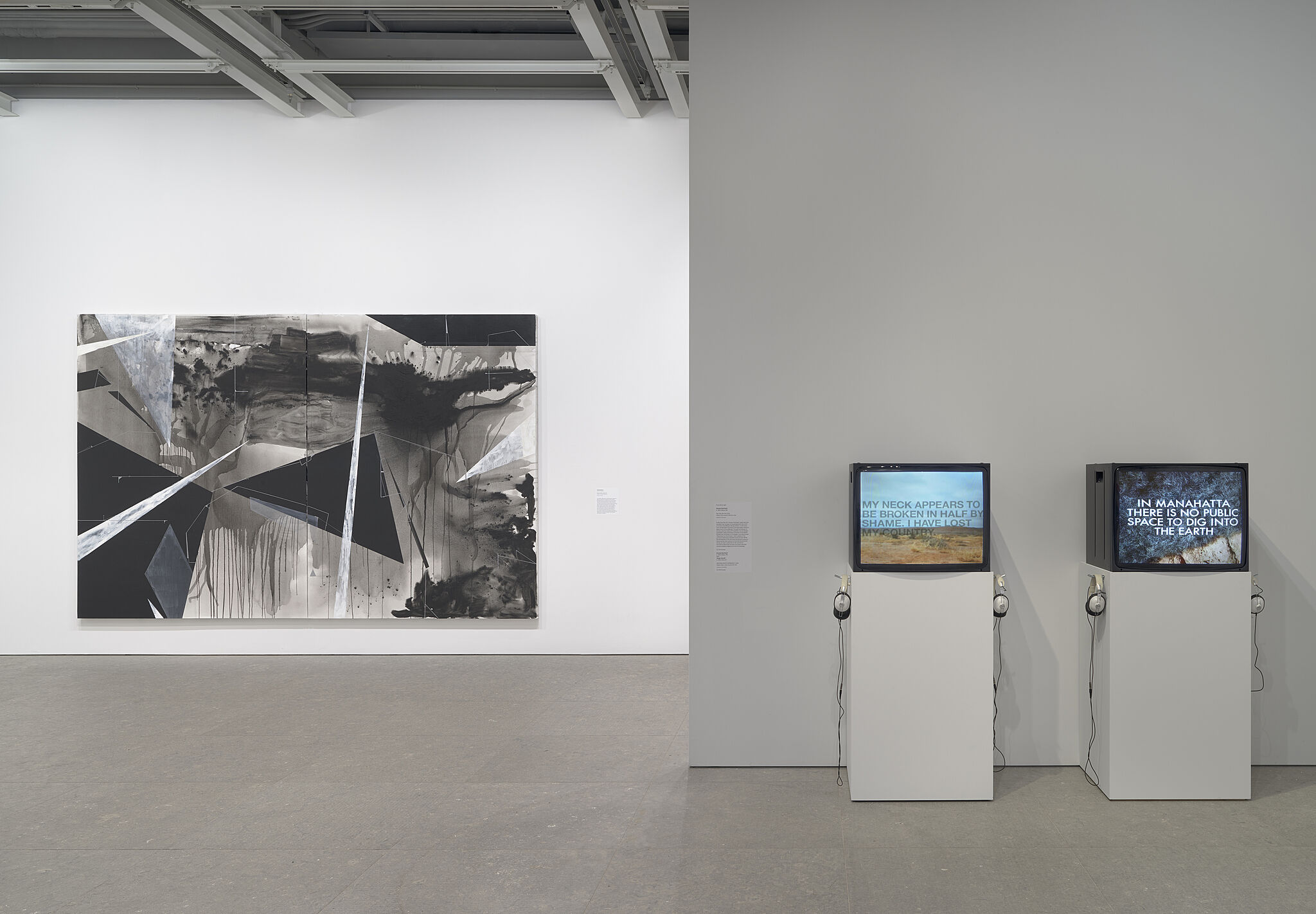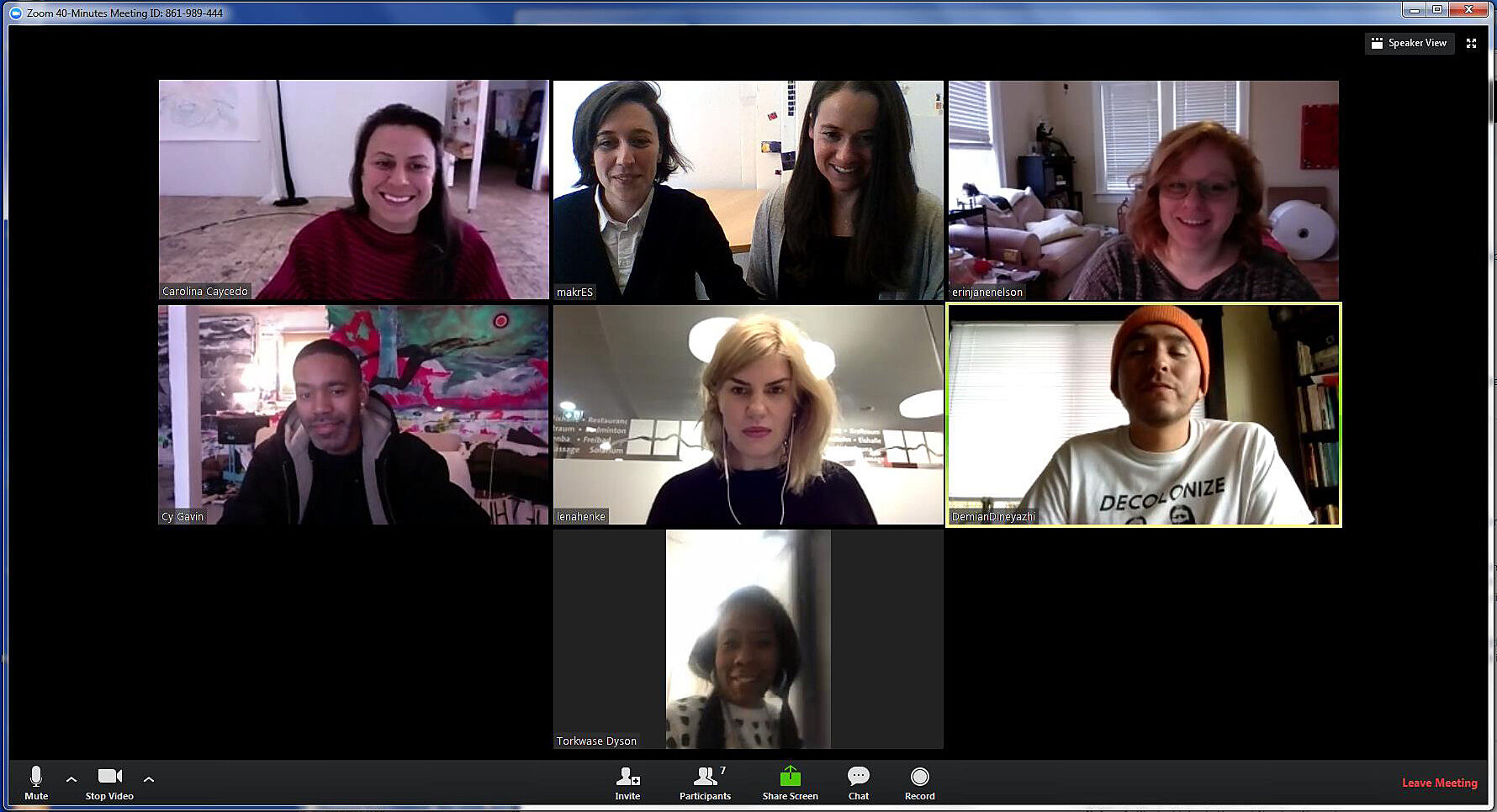Between the Waters
Mar 9–July 22, 2018
This exhibition brings together artists from across the United States—Carolina Caycedo, Demian DinéYazhi´ with Ginger Dunnill, Torkwase Dyson, Cy Gavin, Lena Henke, and Erin Jane Nelson—whose work responds to the precarious state of the environment through a personal lens. Experimenting with form and narrative in painting, video, and sculpture, these artists address how ideology—as much as technology, industry, and architecture—impacts all living things.
Though each contends with facts or histories that are real and observable, none takes a documentary approach. Rather, these artists adopt a highly subjective position, embracing emotion, intuition, spirituality, and myth to help understand our intrinsic place within the “natural” world. They share the sense that scientific, or “rational,” thought can reinforce a limited view of our planet and its inhabitants—one that assumes they can and should be controlled.
The works on view present a wide range of subjects, from the controversial transformation of New York in the mid-twentieth century by city official Robert Moses to the affirmation of a vital Indigenous presence in the face of institutionalized colonialism. They draw from distinct visual traditions, including Southern handcraft, sixteenth-century architecture, history painting, and hard-edge abstraction. Through their varied interests and formal approaches, all of these artists assert the relevance of individual experience and perspective to address concerns that are global in scale and effect. In the words of artist Torkwase Dyson, this exhibition is not just about “the way we connect...but understanding also the waters that are between us.”
The exhibition is organized by Elisabeth Sherman, assistant curator, and Margaret Kross, curatorial assistant.
Major support for Between the Waters is provided by John R. Eckel, Jr. Foundation.
This exhibition is part of the Whitney’s emerging artists program, sponsored by

Generous support is provided by Jackson Tang.
Erin Jane Nelson
2
In her ceramic works, Erin Jane Nelson memorializes barrier islands of the South Atlantic and Gulf coasts that will likely disappear with rising sea levels. Although they resemble travel keepsakes, Nelson’s ceramics subvert the souvenir and its connotations of leisure and escape. Drawing from vernacular Southern craft (such as sailor’s valentines and memory jugs), she reflects on how the changing climate has radically reshaped both the geography and the collective consciousness of these regions. Many of these nearly vanished sites have complicated legacies of colonialism, slavery, racism, environmental degradation, and militarism. “What are the monuments or memorials we are not able to see?” she asks. “What monuments are undoing themselves?”

